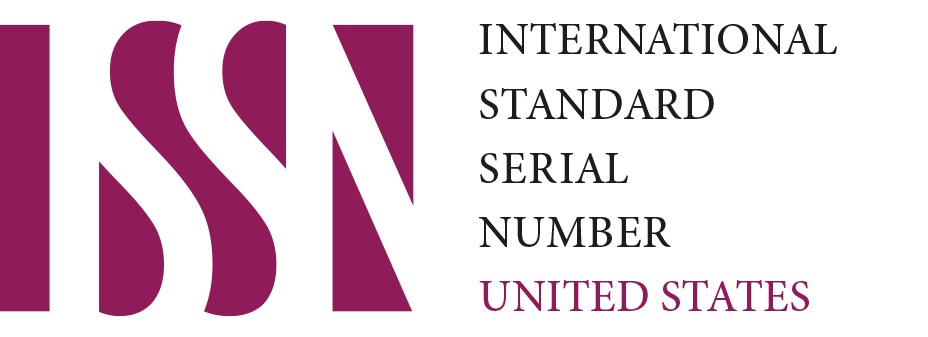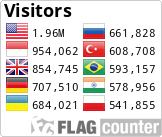REVIEWERS GUIDELINES
We believe that in the management of scientific journals, conflicts of interest and subjective judgment will always exist, but to produce the best work, we really appreciate the professional work of every party involved in this journal.
- Contribution to Editorial Decisions:
Peer review helps editors in making editorial decisions and through communication with authors can also help authors improve their manuscripts.
- Speed
Each selected reviewer is expected to provide a faster review process, thereby helping publications and authors
- Reviewer reviews
The reviewer's review must be carried out objectively, expressing the analysis clearly with supporting arguments.
- Confidentiality
Any manuscript received for examination must be required to be a confidential document. It may not be shown or discussed with anyone other than those authorized by the editor.
COMPETING INTERESTS
We believe that in the management of scientific journals, conflicts of interest and subjective judgment will always exist, but to produce the best work, we really appreciate the professional work of every party involved in this journal.
HOW TO REVIEW
Presentation
Does the paper relate to a cohesive argument? Are the ideas clearly presented?
Writing
Does the title characterize the manuscript? Is the writing concise and easy to follow?
Length
What portions of the paper should be expanded? Removed? Condensed? Summarized? Combined?
Title
Does the title concise, omitting terms that are implicit and, where possible, be a statement of the main result or conclusion presented in the manuscript? Abbreviations should be avoided within the title.
Abstract
Does the abstract consist of 1) aim of the study; 2) method; 3) result or finding; and 4) conclusion?
Introduction
Clearly describing and respectively:
- The background of the study;
- State of the art, relevant research to justify the novelty of the manuscript;
- Gap analysis, novelty statement;
- Hypothesis or problem statement (optional);
- Approach to resolve the problem; and
- The aim of the study.
Method
- The method is written clearly, so then other researchers can replicate the experiment or research with the same result;
- Not only describe the definition of terms but also describe how to conduct the research;
- Describe the location, participant, research instrument, and data analysis;
Result and discussion
- The data presented has been processed (not raw data) into a table or figure and given a supportive description which easy to follow.
- The result related to the original questions or objectives outlined in the Introduction section.
- The author describes the result of the study consistent with what other investigators have reported or there any differences.
- The author provides interpretation scientifically for each of the results or findings presented.
- The author describes the implications of the research.
- The author describes the limitations of the research or drawbacks to the method or position.
- The author describes further needs/areas for research or expansion of ideas.
Conclusion
Consist of:
- Answer the objectives of the research;
- Implication or recommendation (optional);
- Written in a paragraph, not in bullet/numbering.













